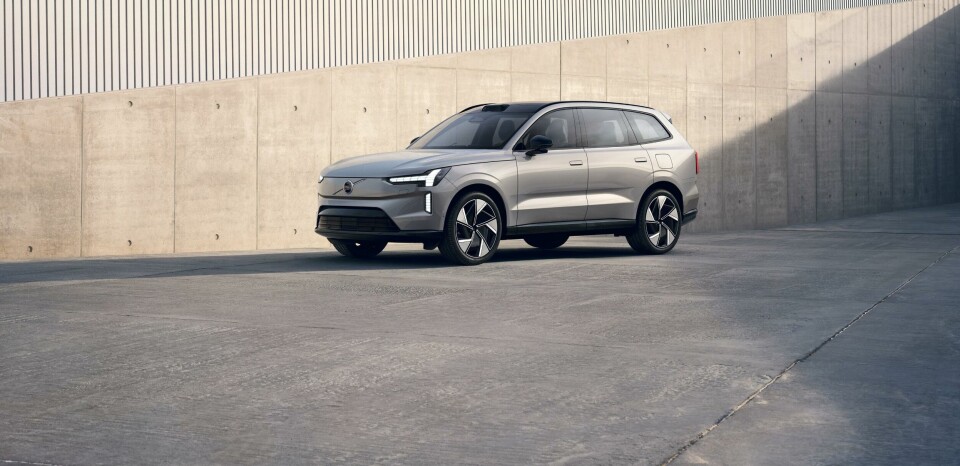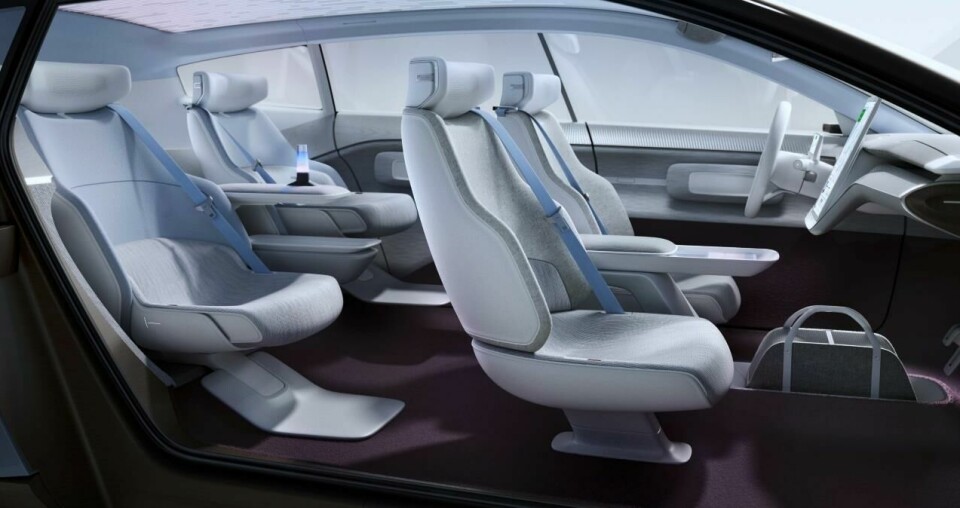
Volvo’s ‘thoughtful’ approach lands new US design lead
We caught up with Nick Gronenthal who recently took on a senior design role at Volvo Car USA
Volvo Cars’ US division has formally revealed a new head of design, Nick Gronenthal, who joins from senior creative roles at Canoo and Faraday Future prior.
He brings a broad range of experience to the table as Volvo pushes further into premium electric vehicle territory – punctuated by the recent reveal of the EX90. Before his stints at the two start-ups, Gronenthal had spent nearly a decade at BMW Designworks, most recently as lead designer in 2015. A graduate of ArtCenter College of Design, he first found roles at Volkswagen and Chrysler before joining the ranks at Designworks in August 2004.

“I am very pleased to welcome Nick as our new head of design in the US,” says Robin Page, head of global design and UX at Volvo Cars. “He brings to the table a unique perspective in a region with incredible influence on progressive auto design that will help lead us into a fully electric future.”
Gronenthal officially joined Volvo back in July and was a speaker at our recent CDN LA Forum. And so after settling into the new position, we thought we would catch up with him to learn more about his approach to design.
Car Design News: What attracted you to the role at Volvo?
Nick Gronenthal: Volvo is such a historic brand and known for safety, but really that boils down to being about people and having a true concern for their well-being. You can see this in Volvo’s thoughtful approach to our design process and products. The chance to work for a company with a value set like this as well as having such a great reputation as a global design leader was an opportunity I couldn’t pass up.

CDN: Car designers often seek inspiration from outside the automotive industry, be it art, fashion, nature and architecture. What inspires you?
NG: I constantly look at the aerospace and furniture design industries for inspiration. Aerospace tends to be decades ahead of everyone else in technology and forms that are driven by their function, which is a pillar of Scandinavian design. Furniture design is also a passion of mine.
The risks furniture designers take is always a motivator for me to be a more thought-provoking designer. This has made me an avid mid-century furniture collector. I love finding and refurbishing items that I see as very tangible art pieces. As more and more timeless pieces of furniture go into museums as art, I love taking the time to be a part of that movement and appreciation.
The rise of conscious and sustainable design is changing people’s expectations of a luxury vehicle
CDN: What does ‘luxury’ mean in automotive design today – is the definition evolving in the face of sustainability trends and a greater focus on digital UX?
NG: The traditional idea of luxury is alive and well as there are customers who will always want that – as can be seen in many products. As for a more modern definition of luxury, that probably has a lot to do with your culture and relationship with technology. Meaning I think this can vary widely.

Currently, with the rise of conscious and sustainable design, this definition is on the move constantly and changing people’s expectations of a luxury vehicle. What’s interesting to me is that Volvo is seriously connected to this relationship.
With the rise of autonomy and more UX focus, I think this will be pushed even further from our traditional ideas of luxury. As cars push to find differentiation among their peers we are seeing a revolution in UX trying to make our experiences more unique and engaging. I predict we will see brands sharpening these tools to be more effectively on brand and memorable.



